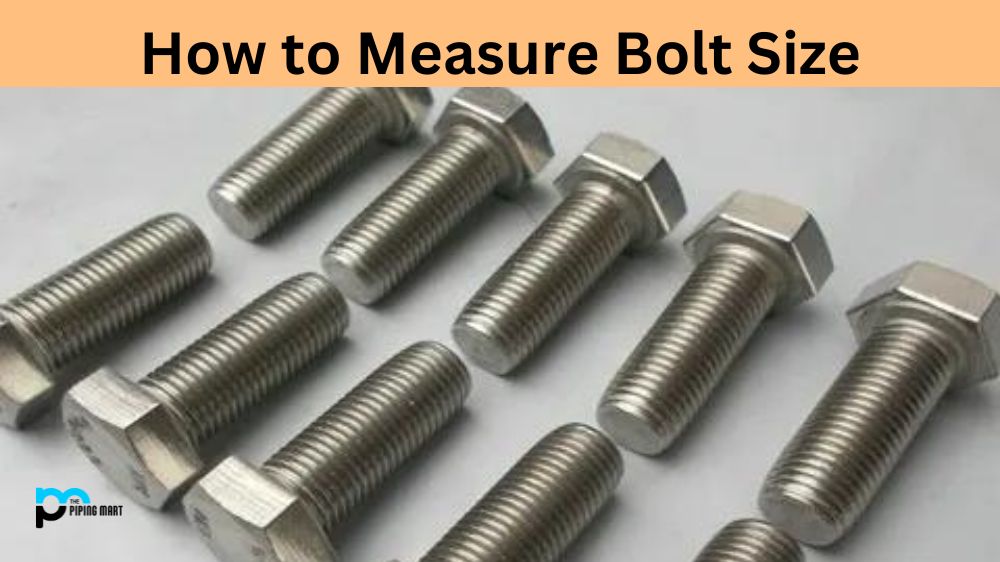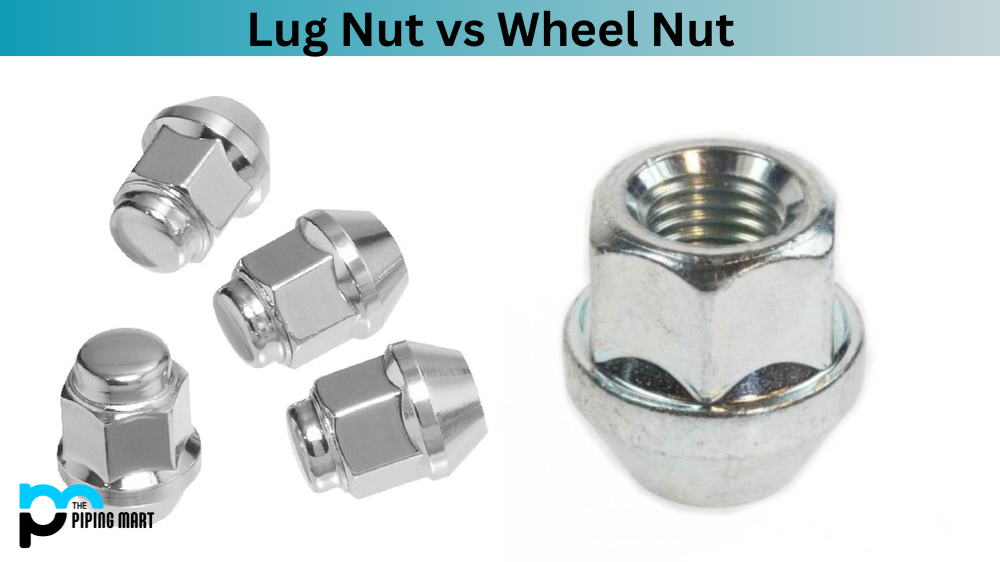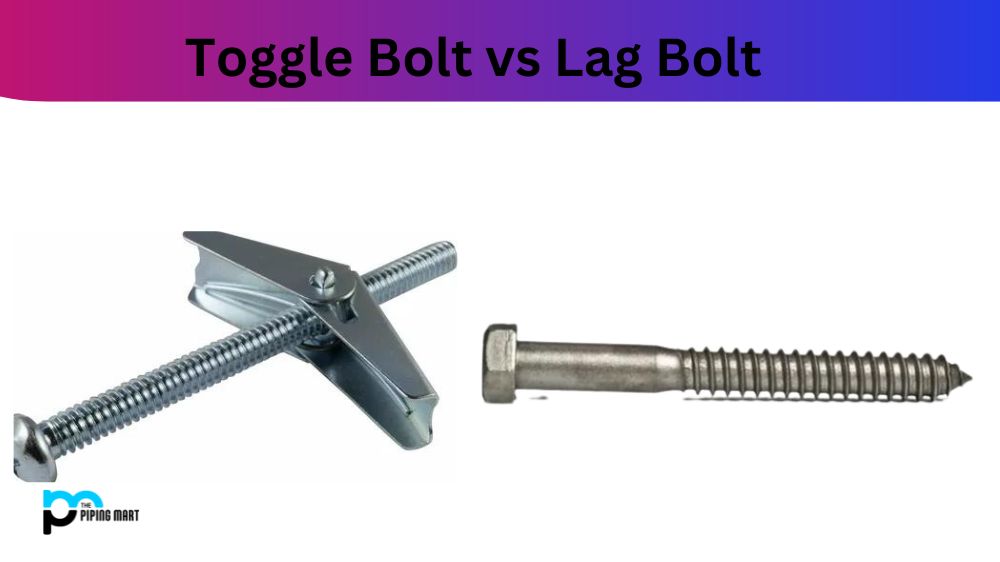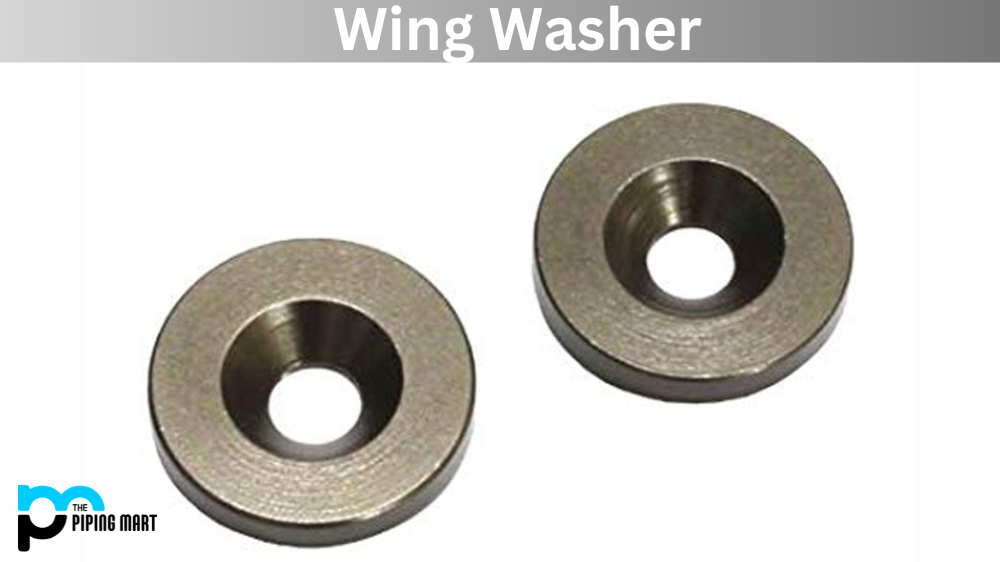Bolts are an essential component in many constructions and machines. One important aspect of using bolts is knowing how to measure their sizes. Different sizes of bolts have varying levels of strength, thread depth, and thread pitch, all of which determine their suitability for particular applications. In this blog post, we’ll take an in-depth look at how to measure bolt size for optimal results in your projects.
How to Measure Bolt Size
Diameter of the Bolt
The diameter of a bolt is a critical measurement that determines its size. To measure it, place a ruler or caliper across the bolt, starting from the widest part of the bolt’s threads. Measure the distance from this side of the tread to the other. The measurement you obtain is the bolt’s diameter.
Length of the Bolt
The length of a bolt is also an essential measurement to know, as it helps determine the amount of material the bolt can secure. To measure the bolts’ length, use a ruler or tape measure starting from the bolt’s head to the thread’s end.
Thread Pitch
Thread pitch describes the spacing between two thread crests, measured in millimetres. Place a ruler or tape measure to measure thread pitch and count the number of thread crests within 1 centimetre. Divide this number by 10, and you have the thread pitch.
Thread Count
Thread count is another critical measurement for measuring a bolt’s size. It is the number of threads per unit length along the bolt’s shaft. Place a ruler on the bolts’ shaft to measure thread count and count the number of threads per inch.
Tread Depth
Thread depth is determined by the length of the bolt’s threads and can be measured using thread gauges. Suppose you do not have access to a thread gauge. In that case, you can determine thread depth by measuring the length of the bolt’s threaded section and dividing it by its length.
Conclusion:
Knowing how to measure bolt size is essential to using various bolts effectively. By understanding the various metrics used to measure bolt sizes, such as diameter, length, thread pitch, thread count, and thread depth, you can make informed decisions about the type and size of bolts for a given project. Whether you are a DIY enthusiast or a professional constructor, the tips outlined in this guide will help you determine the correct bolt size to achieve desirable outcomes.
Sakshee is a talented blogger, with a particular focus on the Business and Metal Industry. She is passionate about sharing her insights on various metal products and helping professionals to make a better decisions.




